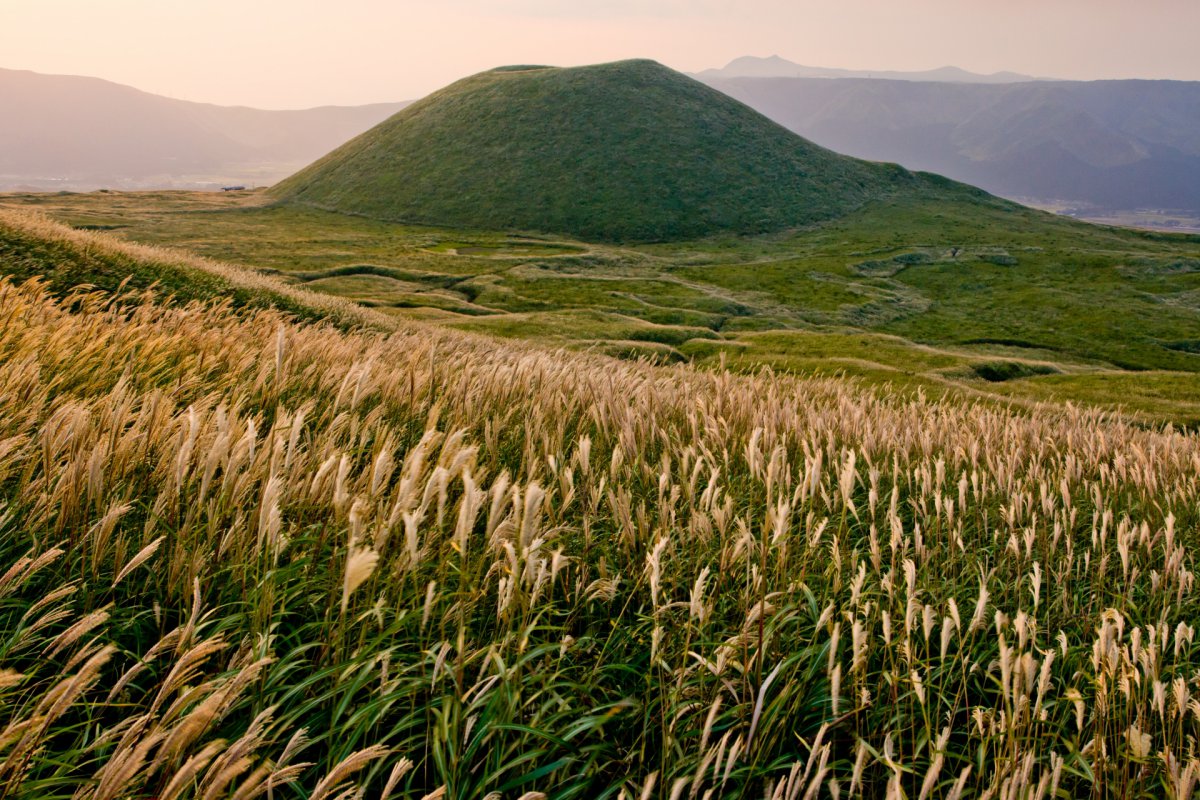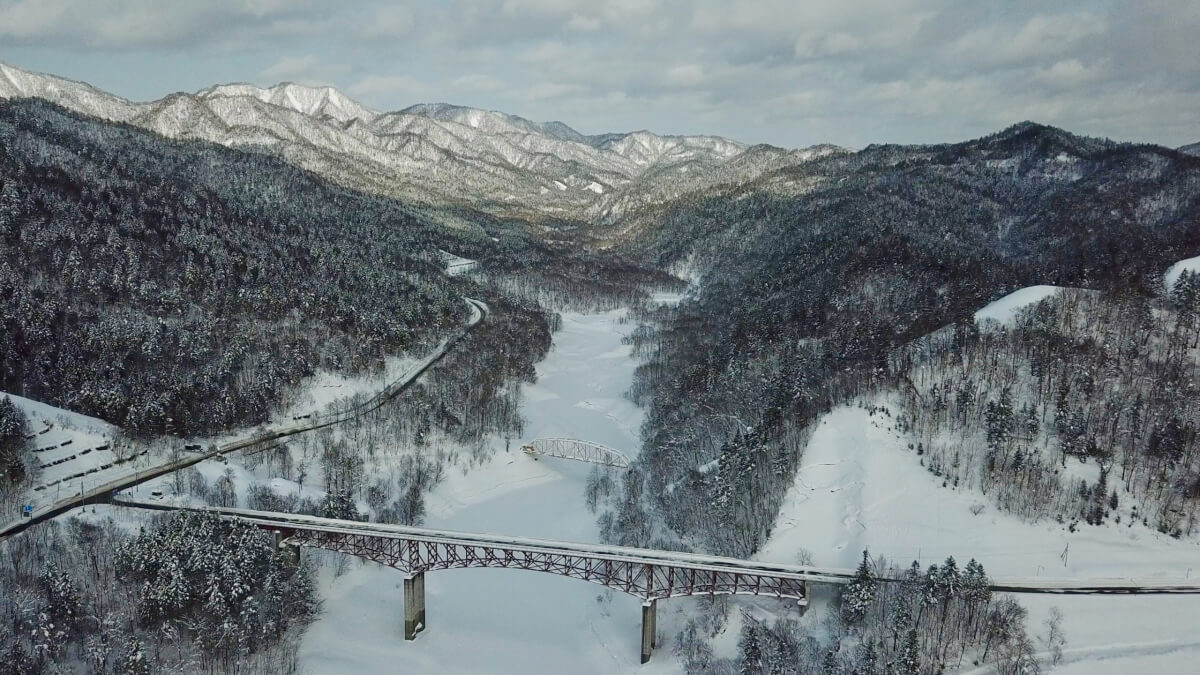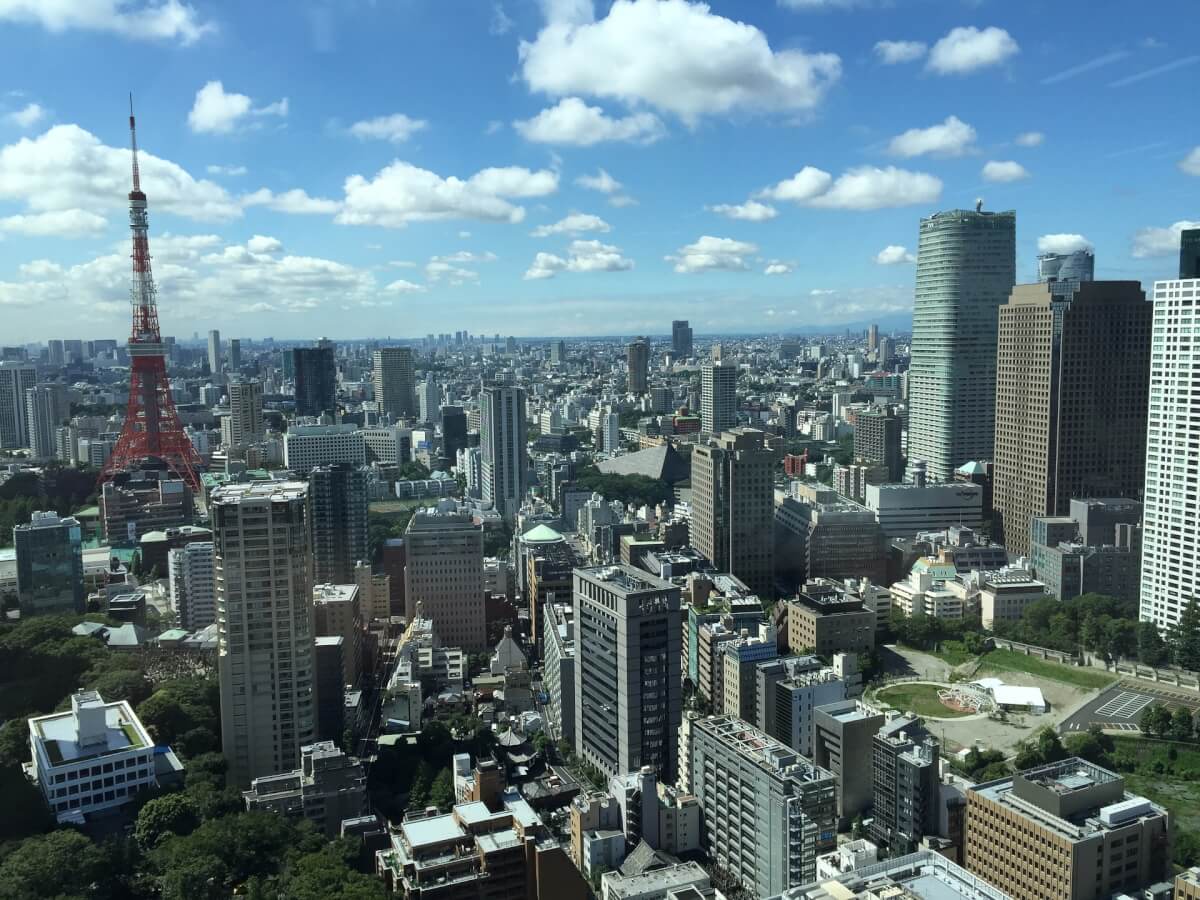Kumamoto Prefecture is located in the middle of Kyusu. The prefecture is also called the “land of water” with spring water flowing from more than 1,000 locations across the prefecture and an abundance of gorges, waterfalls and groundwater. Its capital Kumamoto City is a major city on Kyushu’s west coast and famous for its castle.
Here are our recommended places to visit in Kumamoto!
Other places to visit in Kyushu
1. Kumamoto Castle
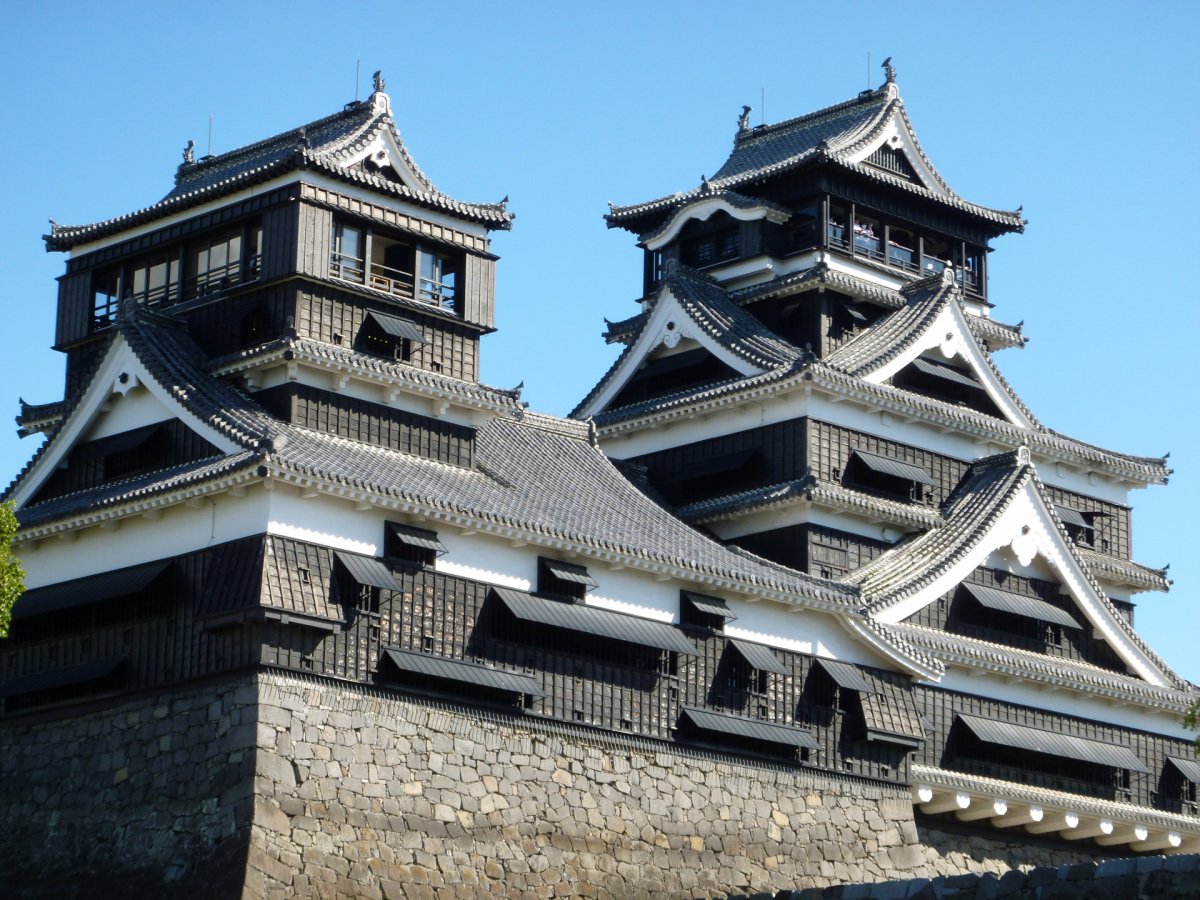
Kumamoto Castle is one of the largest and most complete reconstruction of castles in Japan. The castle was originally built in 1607 and now only a few original structures remain. However, you can see the high quality reconstruction of variety of buildings in a large castle grounds.
The castle tower was rebuilt in 1960. There are two towers, a main tower with six stories and a smaller tower with four stories. The inside the building is a modern museum with displays on the castle’s history and construction. The top floor of the main tower offers nice view of the castle grounds and surrounding city.
Honmaru Goten Palace was reconstructed with original materials and methods in celebration of the castle’s 400th anniversary and was opened to the public in 2008. Inside you can see the gorgeous decorations of the walls and ceilings which are recreated quite accurately from the original.
In 2016, some of the buildings including the castle tower were greatly damaged because of a big earthquake. Although since 2017 the damaged parts have been being repaired, still today they are under restoration.
Access
From JR Kumamoto Station, take a tram and get off at Kumamotojo-mae tram stop (about 17 minutes), walk for about 10 minutes.
There is also a tourist bus called “Shiromegurin” from JR Kumamoto Station (about 30 minutes).
2. Aso
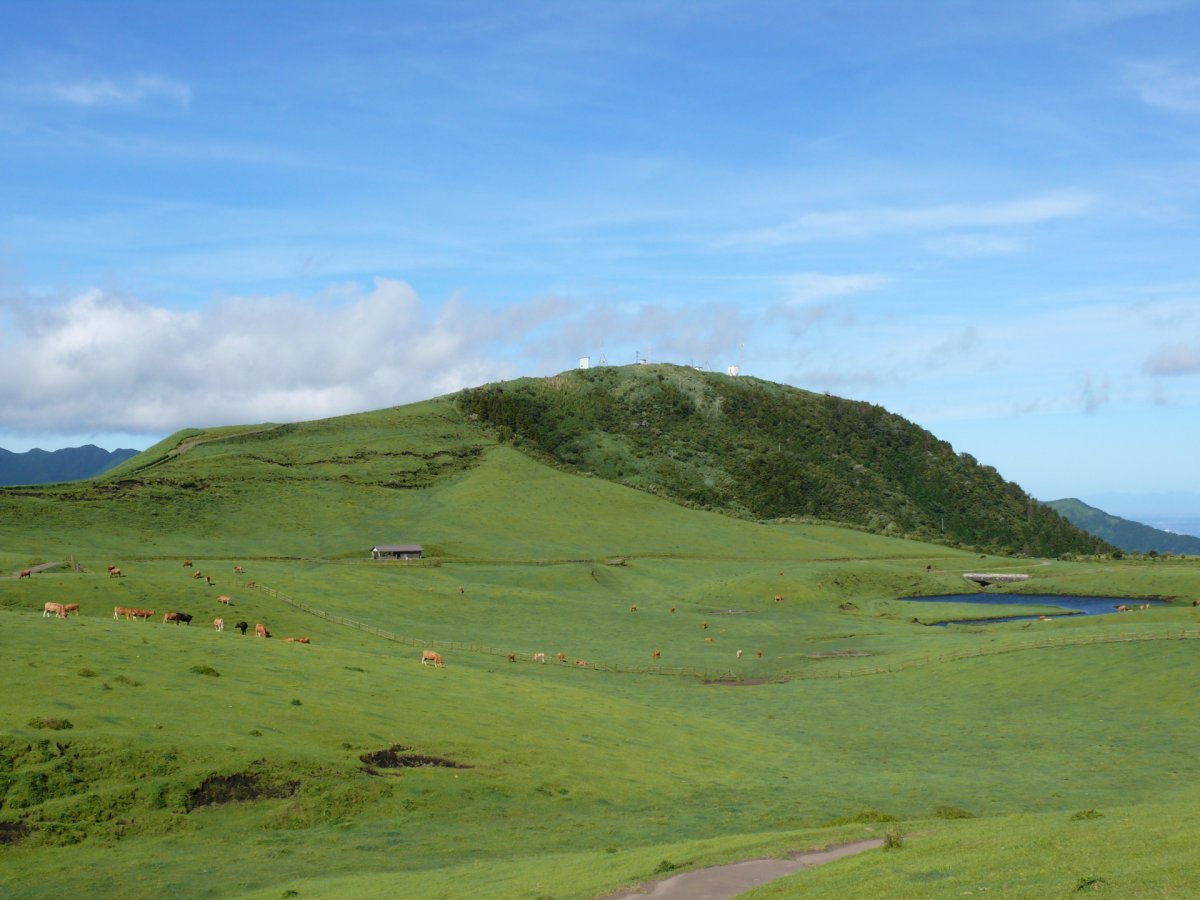
Aso area is one of the must see sights if you are visiting Kumamoto. Aso is the largest inhabited volcanic caldera in the world, with a diameter of up to 25 km and a circumference of over 100 km. In the center of the caldera five volcanic peaks of Mount Aso rise, which is the largest volcano in Japan. Mount Aso is a part of the Aso-Kuju National Park, which stretches between Kumamoto Prefecture and Oita Prefecture, and one of the Japan’s oldest national parks established in 1934. Aso area offers the stunning volcanic landscapes and the majestic caldera scenery with vibrant green in late spring and summer, grazed by horses and the local Akaushi (Red Cattle), turning to gold and silver in late autumn and winter.
Daikanbo Viewpoint is the highest point on the northern caldera edge and offers panoramic views of the Aso caldera below, the caldera rim and smoking Mount Aso in the distance.
Kusasenri is a vast plateau on top of Mount Aso which is the remains of a kilometer-wide volcanic crater active some 27,000 years ago. Today it is a beautiful grassland with amazing view of the live volcano in the distance. There are gift shops, the Mount Aso visitor center, and the Volcano Museum.
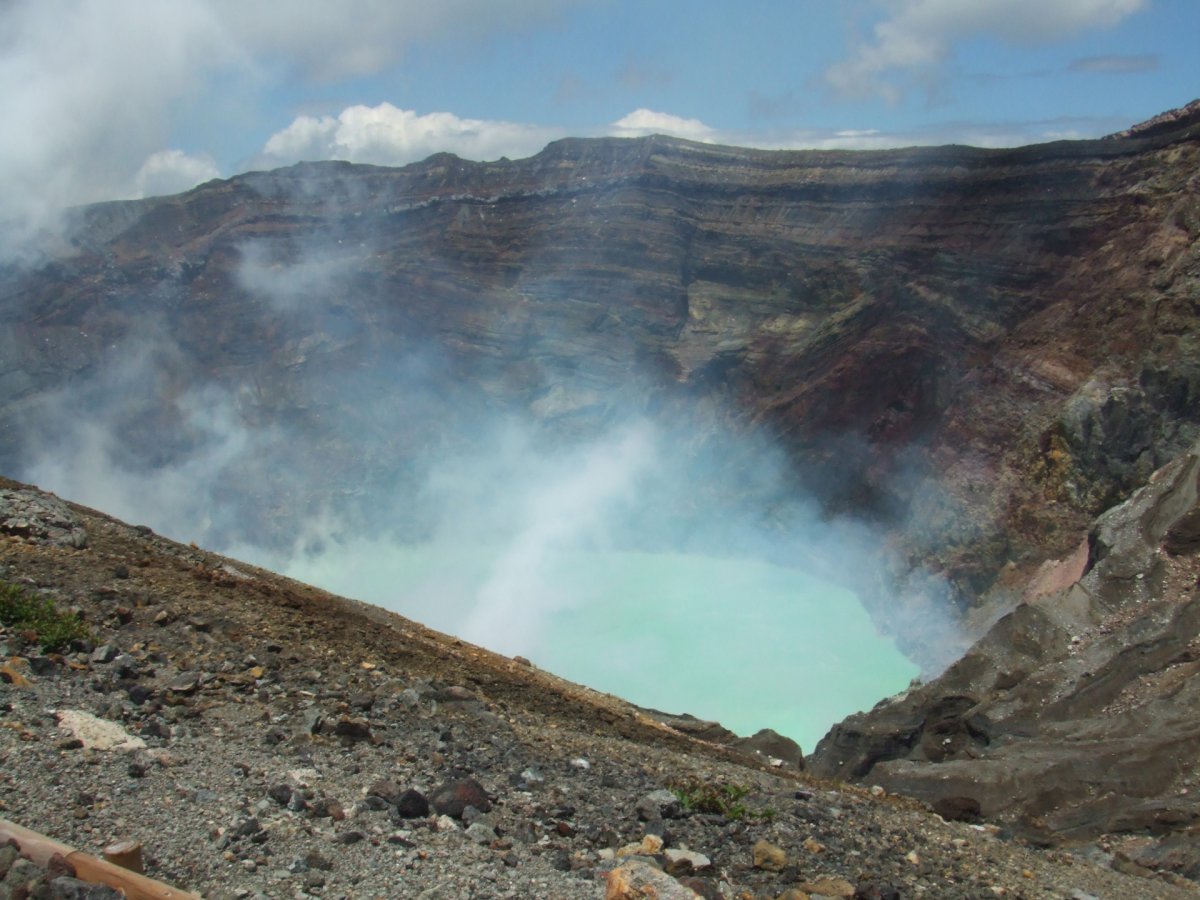
Nakadake Crater is Mount Aso’s active volcano. You can drive all the way up to the crater area if the active volcano is at Level 1 and conditions are safe. You will be able to look into the volcano and walk around the crater area and Sunasenri plateau, which is a surreal lunar landscape made of volcanic ash and rocks deposited by the volcano.
However, note that the crater area is often partially and sometimes completely closed off to visitors due to poisonous volcanic gases, bad weather condition, or the risk of volcanic activity.
Access
JR Aso Station can be accessed by bus from Kumamoto Sakuramachi Bus Terminal in Kumamoto City. From JR Aso Station, there are public buses which go to Mount Aso Crater (Asozan Kakoguchi) and to Kusasenri.
3. Kurokawa Onsen
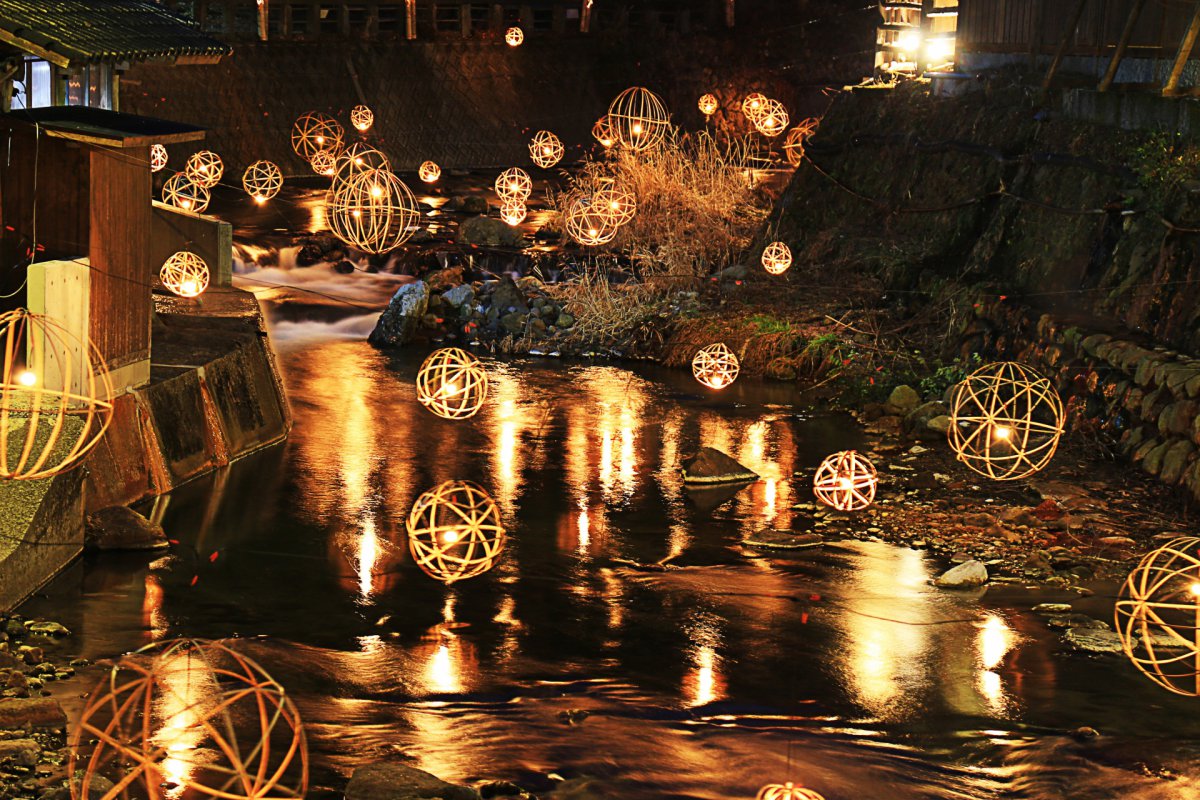
This onsen (hot spring) resort in the Aso area is well managed by the town to maintain pleasant, traditional atmosphere free of the massive hotels and neon advertisement.
You can experience more natural and tranquil townscape than many of Japan’s other resort towns. You can easily explore the town center on foot and enjoy walking in yukata and geta sandals (traditional clothes and footwear) provided by your ryokan (Japanese traditional inns). Some ryokan are located right beside the gushing river, and they offer riverside onsen with a nice views of surrounding nature.
During winter, the Kurokawa Onsen area is spectacularly illuminated by handmade bamboo lantern made from recycled bamboo.
Access
From Kumamoto Station, take Kyushu Odan Bus to Kurokawa Onsen (about 3 hours).
From Hakata in Fukuoka, take an express bus to Kurokawa Onsen (about 2 hours 45 mintues).
4. Nabegataki Waterfalls
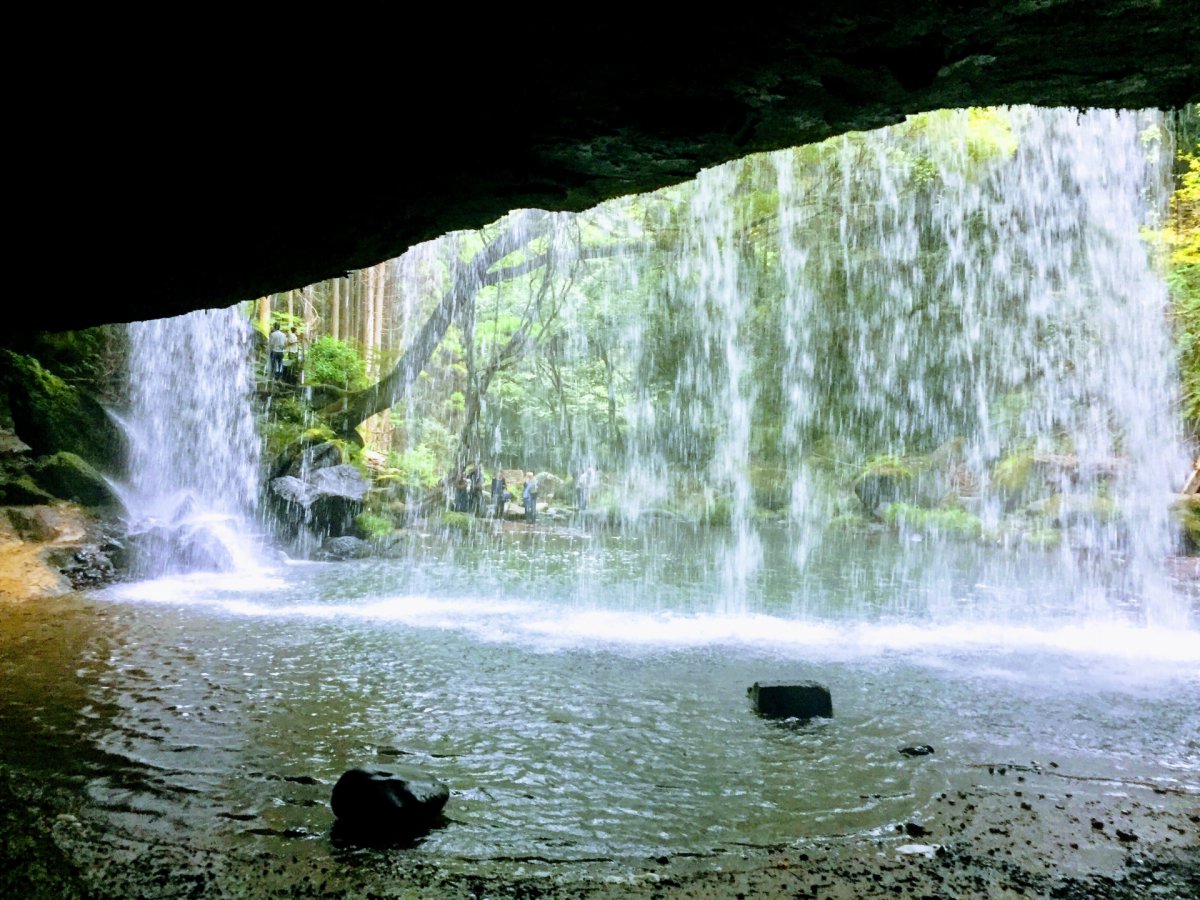
About 20 minutes by car from Kurokawa Onsen, you can reach one of the most beautiful waterfalls in Japan which became famous among Japanese after appeared in the TV commercial for green tea. As you descend stars from the entrance of the park where the waterfalls is located, you will be surrounded by greenery and fresh air, and the beautiful waterfalls abruptly appear in front of you. You can also enjoy the waterfall from the cave behind it.
Access
The best way to the Nabegataki Waterfalls is to drive your own car or rent a car.
4. Minamata
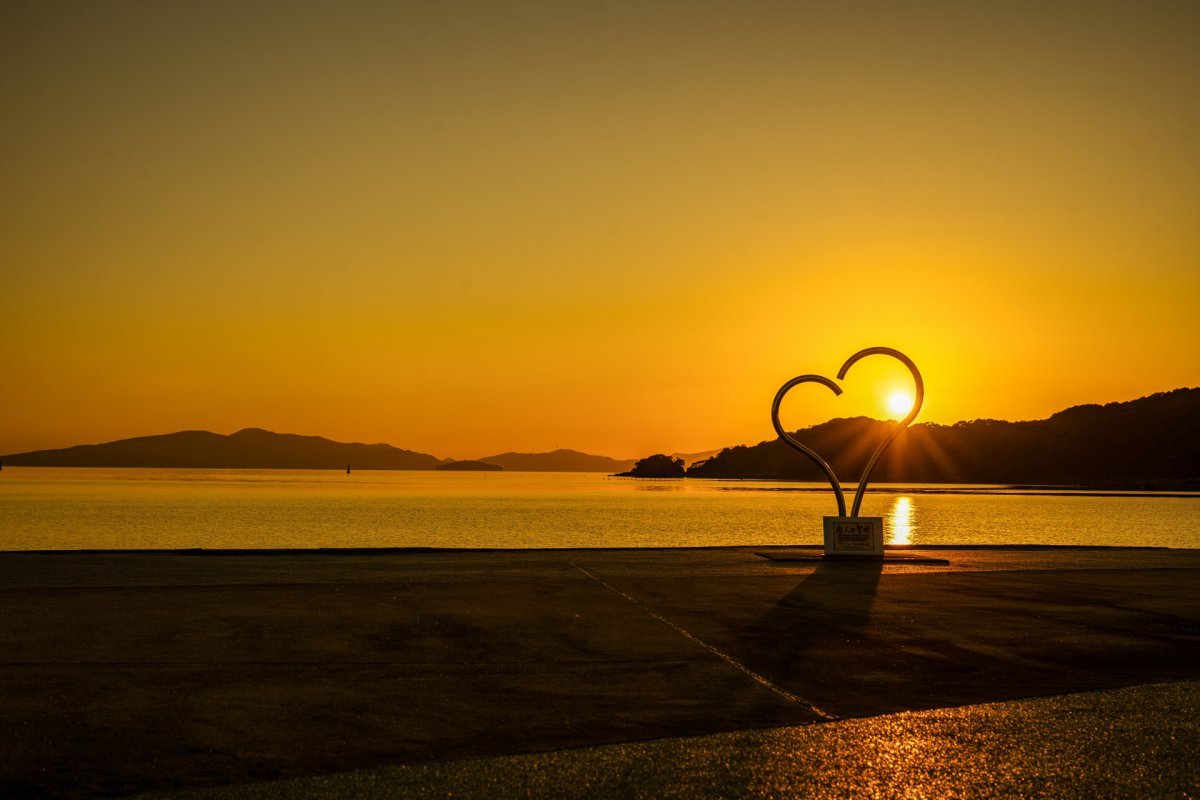
Minamata is a city located on the west coast of Kyushu facing Amakusa Island. Minamata is known due to Minamata Disease, a neurological disorder caused by mercury poisoning which was discovered in 1956. A local factory was blamed for causing the disease by discharging poisonous wastewater into Minamata Bay. In recent decades, Minamata has been focusing on becoming a model environmental city promoting a wide range of recycling and environmental programs. In 2001, Minamata became an official Japanese Eco-town, and won the Japanese Top Eco-City contest in 2004 and 2005.
Minamata City offers various facilities related to Minamata Disease. In the Eco Park, there is the Minamata Disease Municipal Museum which exhibits the history of the disease with bilingual display panels, photographs and video presentation.
The museum also organizes opportunities for visiting groups to meet disease victims.
Right next to the museum, Kumamoto Prefecture Environmental Education and Intelligence Center and the Minamata Disease Information Center can be found where the visitors can learn about the environment and the disease.
There are also two onsen (hot spring) resorts in Minamata. Yunoko Onsen is located along the scenic sea coast north of central Minamata. There are ryokan as well as drop-in onsen for visitors to enjoy the baths with panoramic views over the sea. Yunotsuru Onsen is a small town in the mountains with only about half a dozen ryokan.
The legend says that the hot spring in this area was discovered by an injured crane since its water is known to heal wounds.
Access
Take Kyushu Shinkansen from Kumamoto Station (about 30 minutes), Kagoshima Central Station (about 30 minutes), or Hakata Station in Fukuoka (about 1 hour).
5. Amakusa
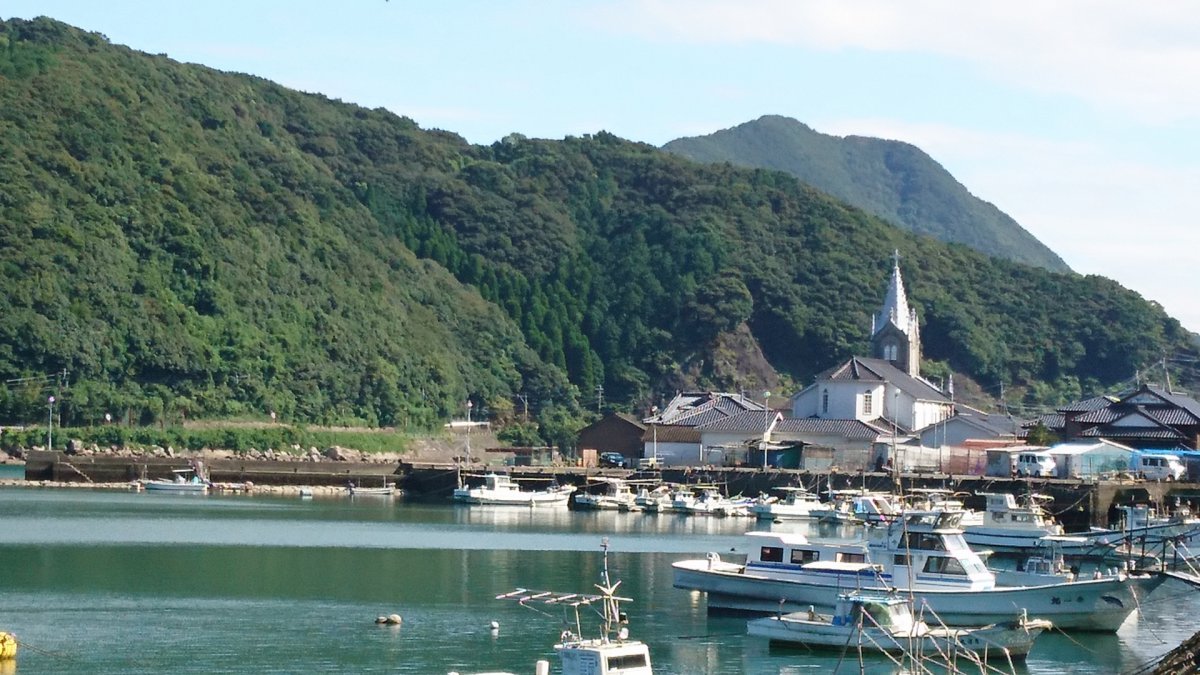
Amakusa is made up of two big islands and hundreds of smaller islands stretching out to the west from the coast of Kumamoto Prefecture into the Ariake Sea. When the Christianity was strictly banned in Japan in Edo Period, the Amakusa area became a secret hideout for Japan’s forbidden Christians. Although most people today visit Amakusa to enjoy the area’s unspoiled beauty and marine activities, numerous museums and churches spread across the islands which reflects the history and the religious heritage are also worth visit.
The islands are a natural habitat for wild dolphins, and one of the top tourist attractions in Amakusa is dolphin sightseeing. There are many cruise providers in the area so that you can choose from a small, private boat or larger boats which are usually cheaper than private boats but don’t have the same level of access to the dolphins.

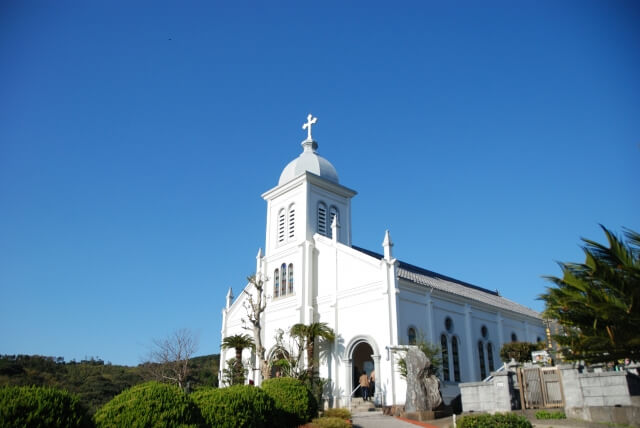
There are places where you can visit and see the religious buildings and items on the islands. Sakitsu Catholic Church was established in 1569 and served as the center of Christianity in Amakusa during the mid-16th century. The current building was built in 1934 in Gothic Style. Oe Catholic Church, a Romanesque style building, was built in 1933 by a French missionary and his followers. Near the church there is the Amakusa Rosario Museum which displays items related to the hidden Christians. Amakusa Christian Museum exhibits the history of Christianity in Amakusa, and Amakusa Collegio Museum has items related to Collegio, a Christian college which was the world’s largest publisher at that time.
Access
Amakusa Airlines serves Amakusa Airport on Shimoshima Island from Osaka (1,5 hours), Fukuoka (35 mintues), and Kumamoto (20 minutes). There is a shuttle bus from the airport to Amakusa city center (15 minutes).
There are ferries which connect Kuchinotsu Port on the Shimabara Peninsula with Oniike Port on the Shimoshima Island (30 minutes). Other ferries connect Kuranomoto Port in Kagoshima Prefecture with Ushibuka Port of Amakusa (30 minutes).
Where to stay
- Hotel Nikko Kumamoto — Located in the heart of the city, close to many attractions in Kumamoto city
- & and COMFY HOTEL Kumamoto Jo View — Enjoy the gorgeous view of Kumamoto Castle from your room
- inn NOSHIYU — Newly opened bed&breakfast style inn in Kurokawa Onsen Area, modern, stylish and warm atmosphere
- Kurokawa-so —Boasting 6 different style of hot springs, exquisite traditional ryokan in quiet environment
How did you think about Kumamoto? There are numbers of tourist attractions in this prefecture from attractive onsen resort to the largest volcano in Japan. We hope you enjoy!
Follow us on Instagram or Facebook for more travel inspiration. Or tag us to get featured!
Happy traveling!
This post may contain some affiliate links. When you click through and make a purchase we may receive some commission, at no extra costs to you.
